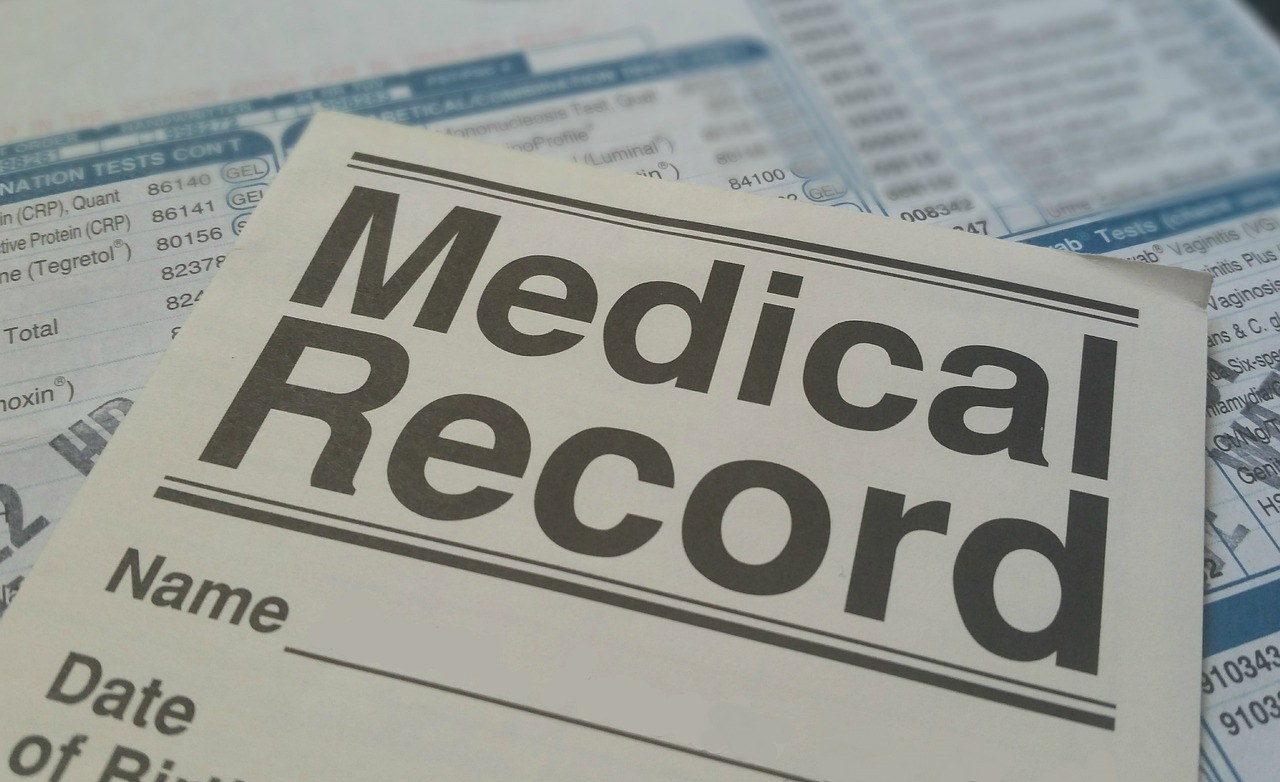Have you ever heard of an ABLE savings account? I hadn’t until a couple weeks ago.
The acronym stands for the Achieving a Better Life Experience Act, a law passed by the U.S. Congress in 2014. It created special savings accounts that allow disabled Americans, including people with multiple sclerosis, to save money without jeopardizing their public benefits such as Medicare, Supplemental Security Income (SSI), and food stamps.
People in these programs are generally limited to having $2,000 in liquid resources, such as cash savings, standard bank accounts, and some retirement funds. Money saved in an ABLE account doesn’t count toward that total.
Save with an ABLE to pay disability expenses
Similar to the better-known 529 college savings accounts, an ABLE account — known in tax code lingo as a 529A account — can help pay for expenses related to your disability. In addition to healthcare expenses, these include things such as housing, transportation, food, and personal services — things that help to improve one’s health, independence, or life quality.
ABLE accounts are offered in 46 states, and the distributions are tax-free if they’re used for qualified disability expenses. Contributions can be made by anyone — the account holder, family, friends — and in some states (not all), they are tax-deductible.
This year, the contribution limit is $17,000, but if a disabled person who is the account beneficiary is employed they can contribute extra from their earnings, up to the current poverty level for a single person. That’s $14,580 in most states this year, for an annual total of $31,580.
A big change should benefit people with MS
ABLE accounts don’t seem to be very well-known, probably because they’ve been available only to people who became disabled prior to age 26. But that’s changing. The big spending bill that Congress passed in December included the ABLE Age Adjustment Act, which raised the age threshold for disability onset to 46.
According to The New York Times, this could increase the number of people eligible for an ABLE account from an estimated 8 million to about 14 million. Since most people with MS are diagnosed when they are between the ages of 20 and 50 (I was diagnosed at 32), upping the age threshold can make a big difference to people with MS, especially those being treated with high-priced disease-modifying therapies.
Hurry up and wait
When it comes to financial programs, the wheels of government move as slowly as I do on my crutches. The new ABLE regulations won’t take effect until January 2026, so it will be a few more years before the threshold will increase to 46. But you can still open an ABLE account if you were diagnosed before 26.
If you were older when you were diagnosed, you can begin researching these accounts now, so you’re ready to start contributions in three years. Obviously, that’s not great news, but something is better than nothing when it comes to savings and possible tax deductions.
(A version of this blog first appeared as my column on the MS News Today website.)
(Featured image by Nattanan Kanchanaprat from Pixabay.)



